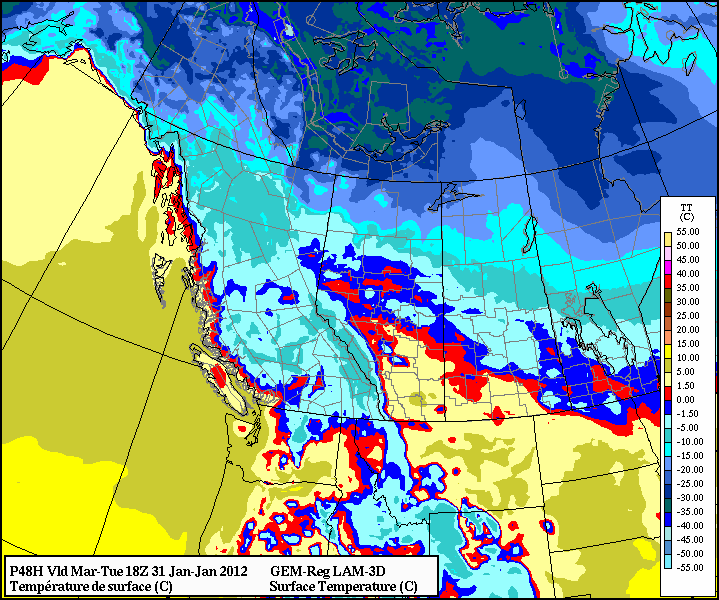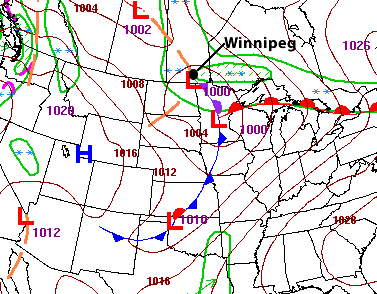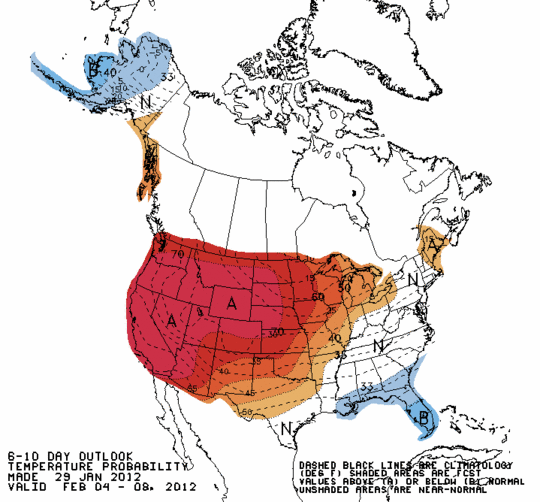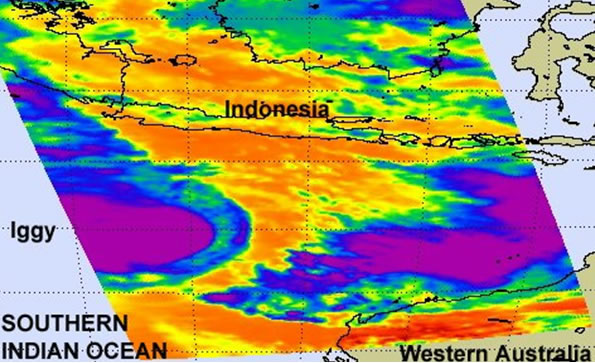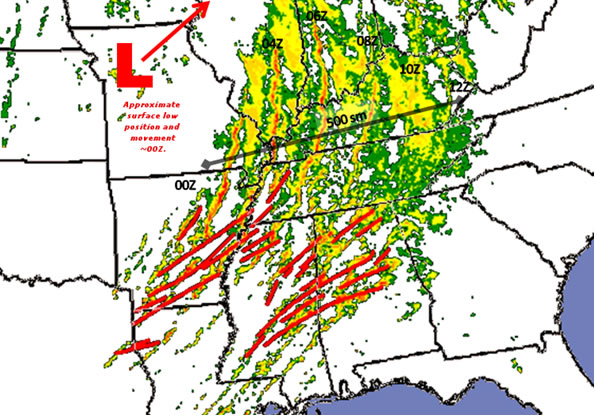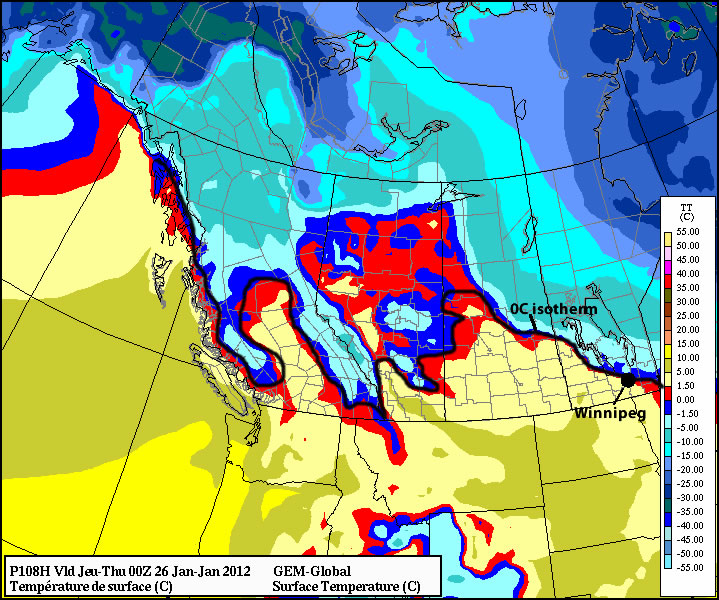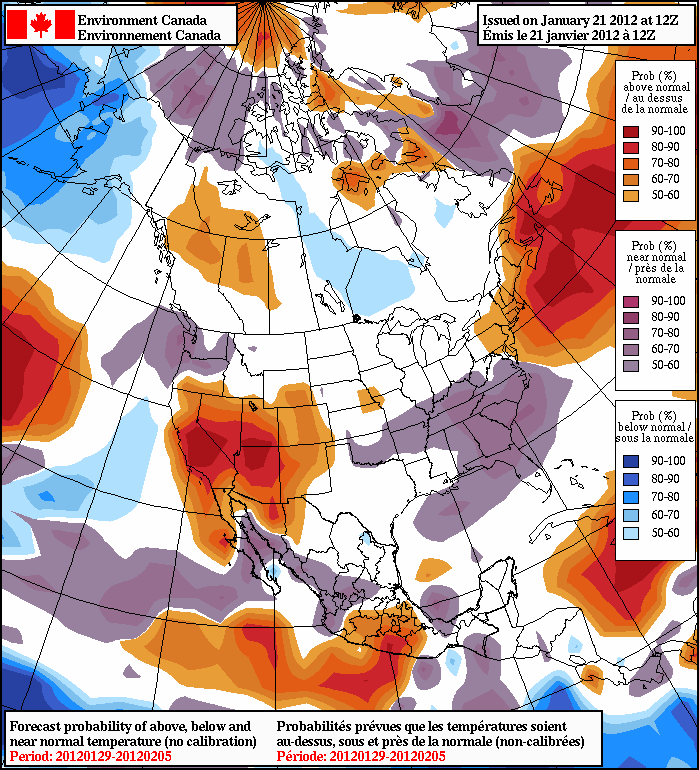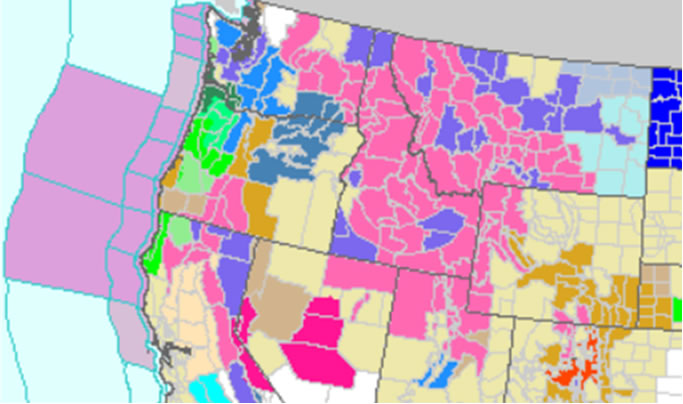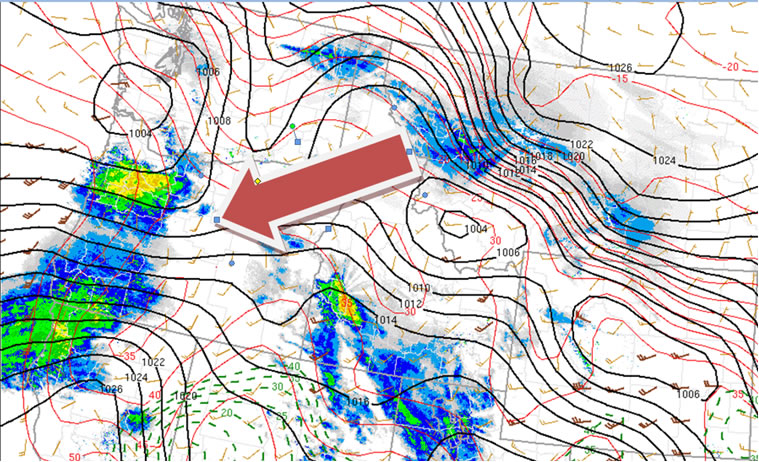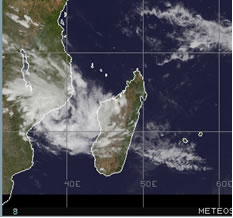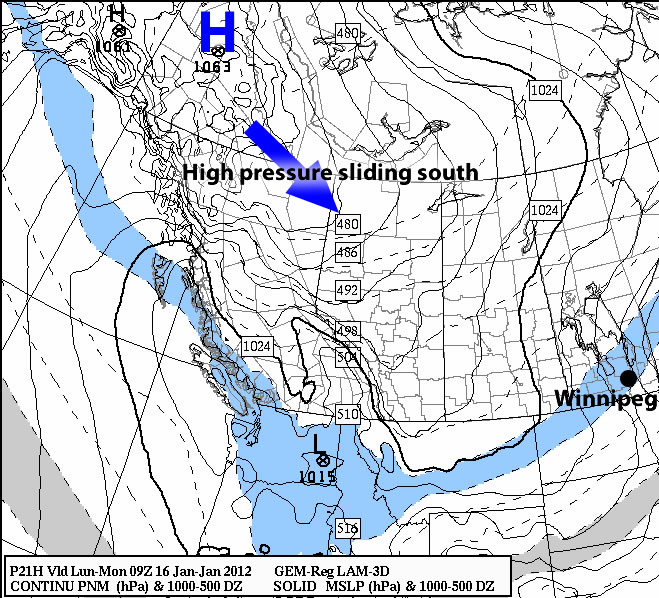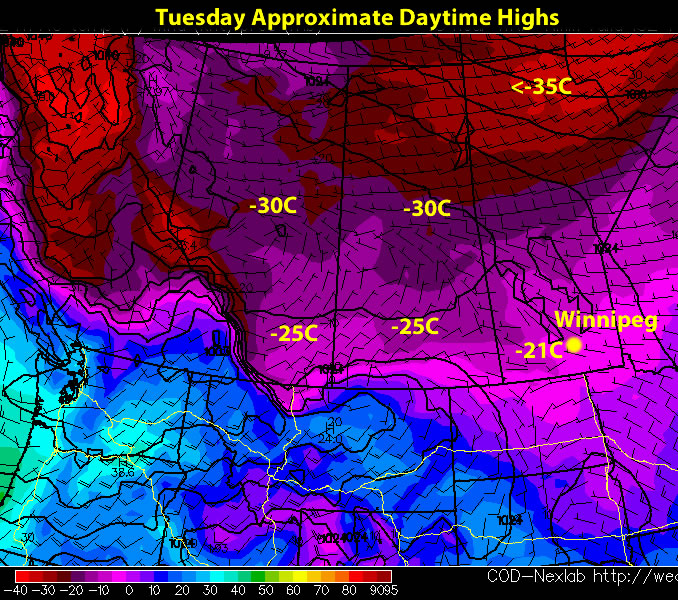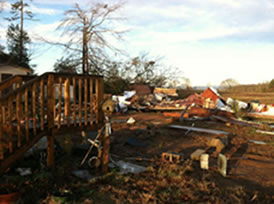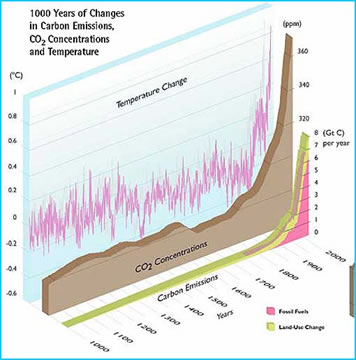A cooler week is in store for us as we move into the last month of meteorological winter. Temperatures don’t, however, look like they’ll be too far from normal through most of the week.

With the passage of a cold front this morning, gusty northerly winds will usher colder air into Southern Manitoba. As a result temperatures will fall throughout the day today, with midday conditions in the mid-minus single digits. There will be a few scattered flurries this morning through Southern Manitoba as the cold front works its way through the area, however there will be no significant accumulations with them. Tonight, a strong area of high pressure will build into Southern Manitoba, with the central pressure expected to be as high as 1045mb. This will bring significantly colder temperatures than we’ve enjoyed over the past week to our area overnight, with lows expected to be near -20°C in Winnipeg and as low as -25 or -26°C in some areas in the Red River Valley. Tuesday won’t be an extremely cold day as a weak warm front will push into our area from the north, but it will still be colder than we have been used to lately with highs unlikely to exceed -10C. Conditions through Wednesday will be slightly warmer, with highs expected to rise back up into the minus single digits.
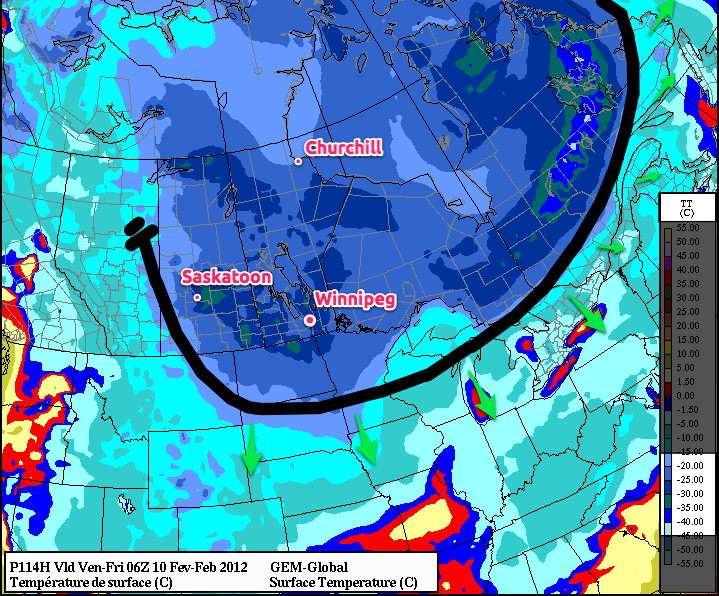
There is some uncertainty as to how the weather will unfold later this week. Models are hinting at the potential for another push of cold air on Thursday into Friday as another cold front sweeps through the province. Models currently differ on the exact strength of the cold push, however, as shown in the image above, some models push temperatures as low as -30°C back into Southern Manitoba. Which if it comes true, we can at least take solace that we don’t live in Northern Saskatchewan, where temperatures are forecast to be as low as -45°C!
Elsewhere in Weather News
Europe Battles Cold and Snow
This past week Europe was battered with what Canadians would call a “light snowfall” where many parts of the United-Kingdom, including London, received 10cm of snow this past weekend. The European infrastructure isn’t equipped to handle a snow storm of such magnitude which was affirmed by the fact that there were widespread airport cancellations and traffic was crawling to a standstill – some drivers were even stuck in their cars on the freeways overnight. The storm also prompted the UK Met offices to issue freezing rain warnings and cold weather alerts. The snowfall was due to a warm front pushing inland off the Atlantic Ocean and clashing with colder air that was present in the region prior, thanks to another low pressure system off to the east. The snow storm that has been wreaking havoc is forecast to lift and leave the area by Tuesday morning, leaving warmer temperatures behind and clearer conditions to come.
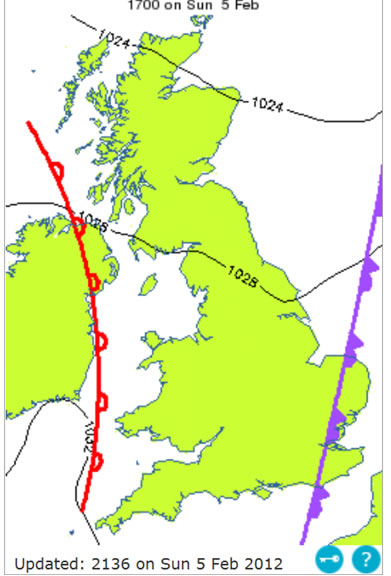
Cold weather also affected other parts of Europe including Ukraine and Italy, with Ukraine being one of the hardest-hit of the Eastern European countries and experiencing tragedy. Kiev, Ukraine’s capital city, normally has temperatures averaging minus five Celsius for the month of February. During this cold snap however, temperatures dipped lower than minus thirty Celsius and many people have died – over 300 as of this posting. Temperatures for the next week are forecast to remain well below average, with highs only reaching the minus teens.
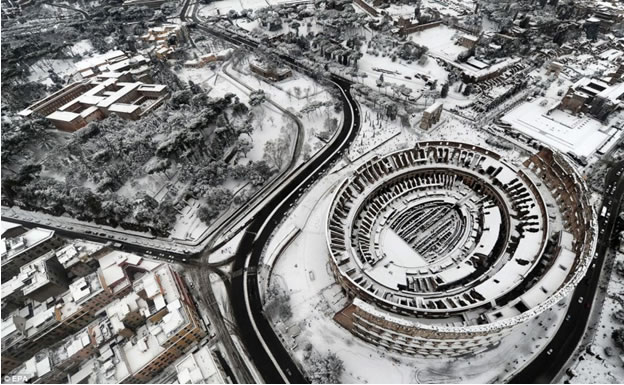
In Rome, Italy, the city has received its largest snowfall in two and a half decades. The city was buried in ten to twenty centimetres, leaving the city paralyzed and people freezing in their houses, since homeowners are only allowed twelve hours of heating per day (to reduce emissions). As the low pressure system plans to stick around for a couple more days, Rome will experience well below average high temperatures of about five Celsius (average of thirteen Celsius).
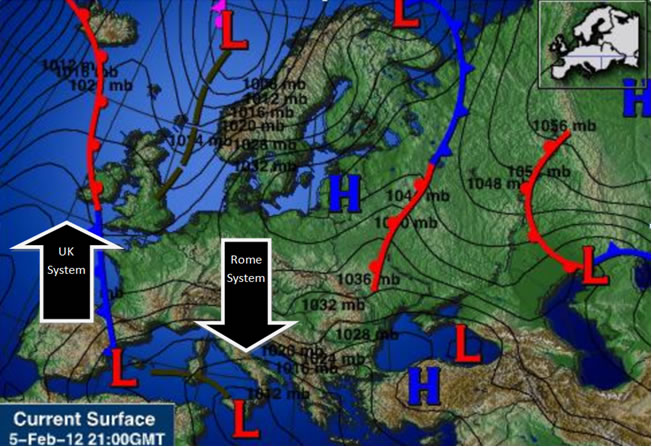
Elsewhere in Weather News has been provided by Matt
